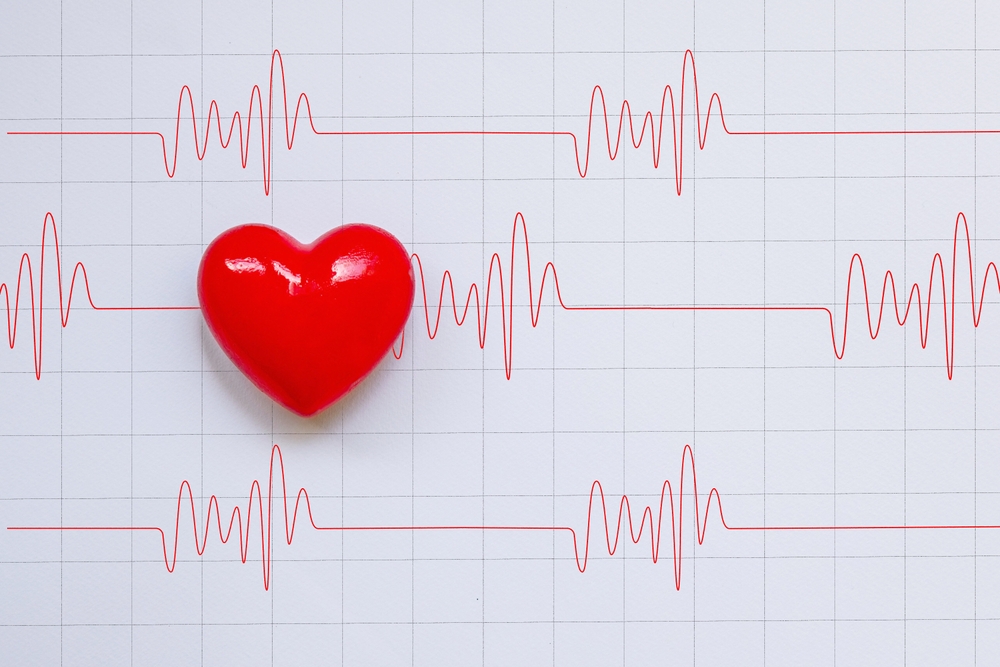Arq. Bras. Cardiol. 2024; 121(08): e20240521
Resting Heart Rate to Assess Patients with Heart Failure: That is All We Need
This Short Editorial is referred by the Research article "Comparative Analysis of ECG and Holter Monitoring in the Assessment of Heart Rate in Heart Failure with Reduced Ejection Fraction and Sinus Rhythm".
Heart rate (HR) is an important marker of prognosis in cardiovascular diseases. It is present as a predictor of survival in nature itself. For example, animals with a low HR live much longer than animals with a high HR. In the general population, HR has been related to mortality, as demonstrated in the Framingham Study. Additionally, since the 1980s, it has been known that resting HR is a prognostic factor in patients with coronary artery disease., Data from the Coronary Artery Surgery Study (CASS) showed that it predicts morbidity (hospital readmission rate) as well as total and cardiovascular mortality.
In heart failure (HF) resting HR is a prognostic marker as well, as shown in . The treatment of HF with reduced ejection fraction includes the utilization of beta-blockers.– Although beta-blockers have many mechanisms through which they may benefit patients with HF, HR reduction probably contributes to the beneficial effects of this class. However, even on maximum tolerated doses of beta-blockers, some patients may remain with HR >70 bpm (recommended range for patients with HF is 50-60 bpm). For this reason, a new class of drugs was developed. Ivabradine is a selective HR reductor that works by inhibiting the if channels in the sinus node. Ivabradine was tested against a placebo in the SHIFT study, in patients with symptomatic HF, sinus rhythm, left ventricular ejection fraction ≤35%, and HR ≥70 bpm despite optimized HF treatment. Ivabradine reduced the composite endpoint of cardiovascular mortality or HF hospitalization. In a subanalysis, it was observed that the magnitude of HR reduction by beta-blocker plus ivabradine, rather than background beta-blocker dose, primarily determined subsequent effect on outcomes.
[…]
Keywords: Electrocardiography; Heart failure; Heart Rate
436

